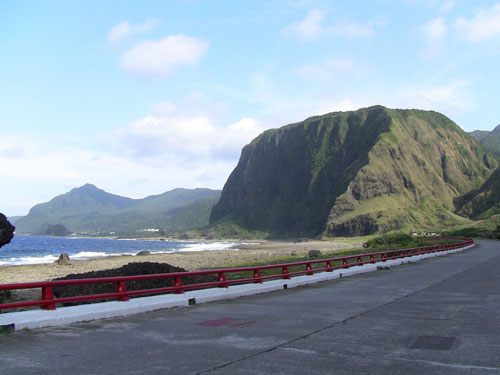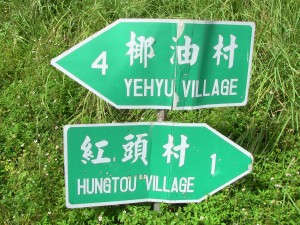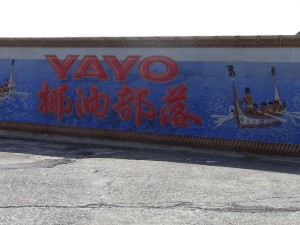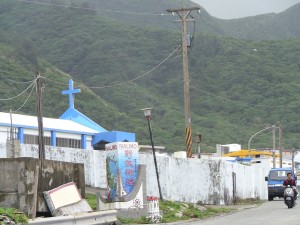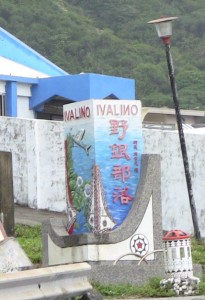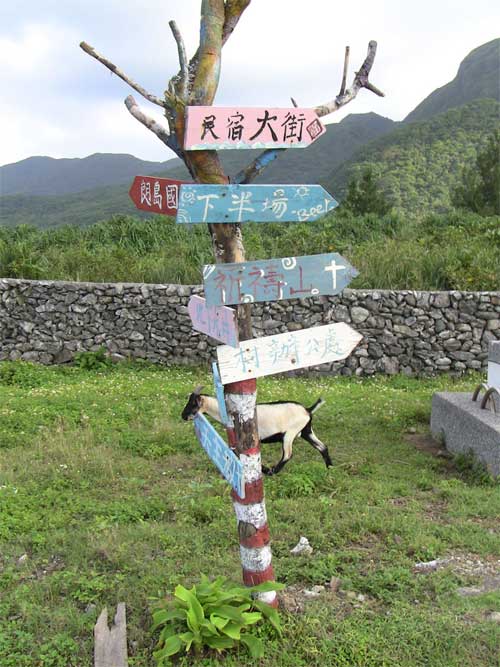It is my impression that most of what the bill detailed below calls for has already been enacted, so I’m not sure what’s really new here. But if those painfully obvious points indeed have not yet been codified into law, it’s about damn time. (Speaking of related things that are long overdue: how about full secondary education on Lanyu (Orchid Island), with at least some classes taught in the language there?)
Citing UNESCO on anything concerning Taiwan, whose government is excluded by the United Nations, certainly raises eyebrows. And it would surprise me if any of the languages of Taiwan’s tribes are not at least “vulnerable.” But, for the record and later reference, here’s the story.
The Executive Yuan passed a draft bill Thursday to foster the development of indigenous languages.
The draft bill states that the government should hold accreditation tests for aboriginal language proficiency and that signage written in indigenous languages should be installed at government agencies and public facilities in indigenous areas.
It will be submitted to the Legislative Yuan for deliberation in the near future.
The Council of Indigenous Peoples (CIP, 原住民族委員會) said that Taiwan’s indigenous languages are important cultural assets and that indigenous languages are gradually dying out amid socio-cultural changes.
According to the UNESCO list of endangered languages, nine of the 42 languages and dialects spoken by Taiwan’s indigenous peoples are considered vulnerable: Amis, Bunun, Paiwan, Puyuma, Rukai, Taroko, Tayal, Tsou, and Yami, while Kanakanavu, Kavalan, Saaroa, Saisiyat and Thao are in critical danger of disappearing, and Siraya is considered severely endangered.
The indigenous language development bill states that the CIP should work out a system for writing the languages, complete the compilation of teaching materials of the languages and formulate policies for their preservation.
The CIP should also hold accreditation tests for aboriginal language proficiency, work out policies to cultivate teachers of the languages, compile teaching materials and data, publish textbooks and promote the development and preservation of the languages by offering subsidies, according to the bill.
source: Cabinet approves indigenous language development bill, CNA, November 26, 2015

